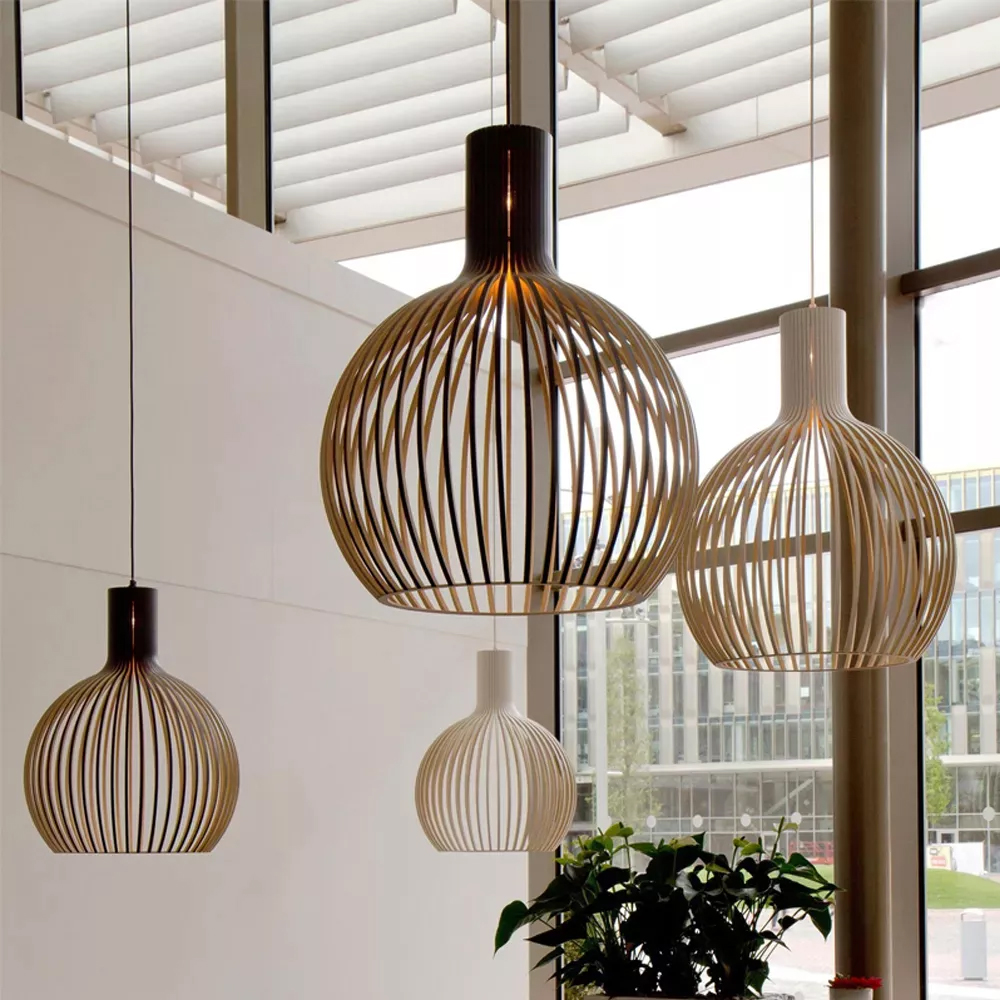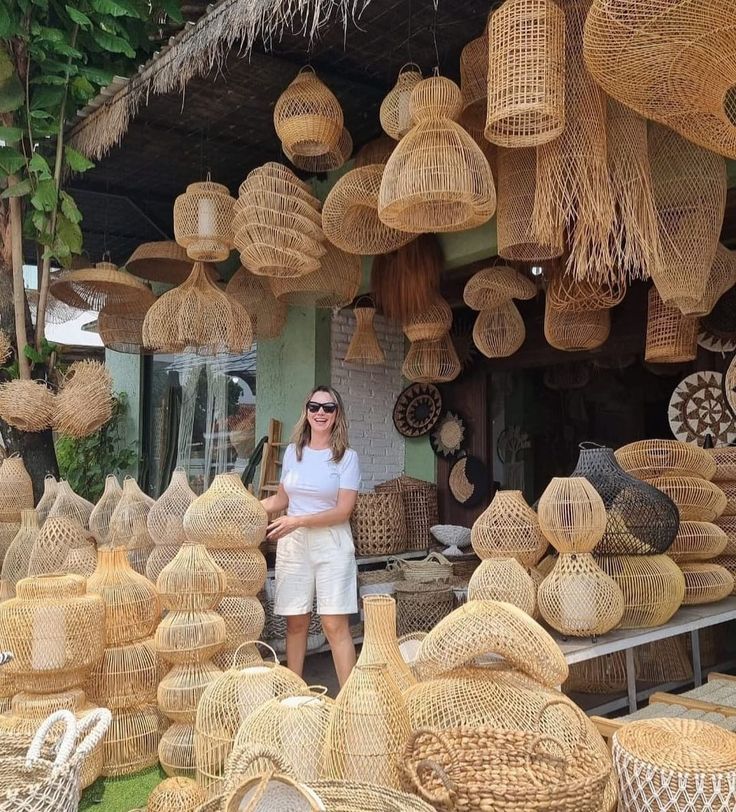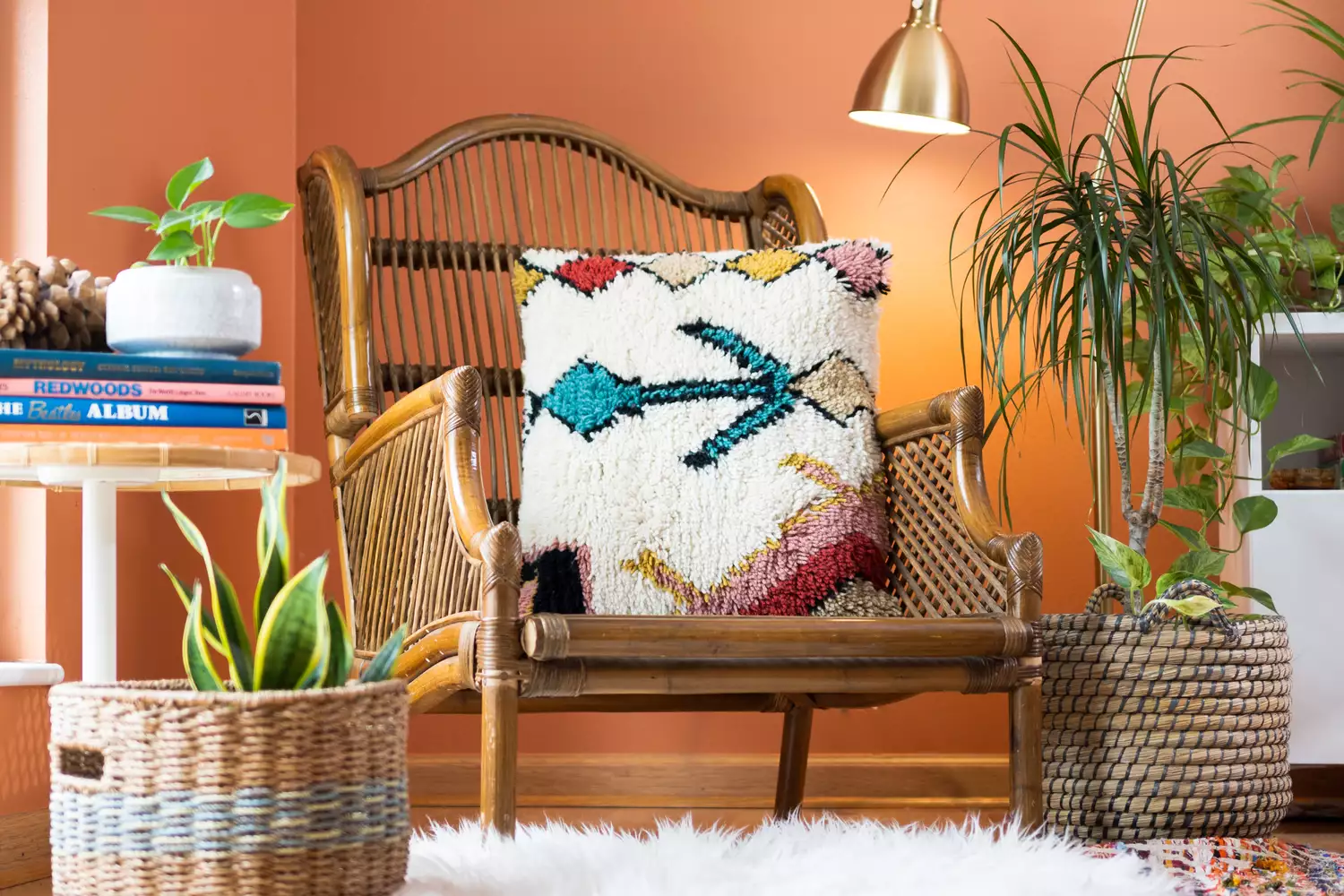
Rattan is a type of climbing or trailing vine-like palm native to the tropical jungles of Asia, Malaysia, and China. One of the largest sources has been the Philippines1. Palasan rattan can be identified by its tough, solid stems that vary from 1 to 2 inches in diameter and its vines, which grow as long as 200 to 500 feet.
When rattan is harvested, it is cut into 13-foot lengths, and the dry sheathing is removed. Its stems are dried in the sun and then stored for seasoning. Then, these long rattan poles are straightened, graded by diameter and quality (judged by its nodes; the fewer internodes, the better), and shipped to furniture manufacturers. Rattan's outer bark is used for caning, while its inner reed-like section is used to weave wicker furniture. Wicker is the weaving process, not an actual plant or material. Introduced to the West during the early 19th century, rattan has become the standard material for caning2. Its strength and ease of manipulation (manipulability) have made it one of the most popular of the many natural materials used in wickerwork.
Rattan's Attributes
Its popularity as a material for furniture—both outdoor and indoor—is unmistakable. Able to be bent and curved, rattan takes on many wonderful curving forms. Its light, golden color brightens a room or outdoor environment and instantly conveys a feeling of a tropical paradise.
As a material, rattan is lightweight and almost impervious and is easy to move and handle. It can withstand extreme conditions of humidity and temperature and has a natural resistance to insects.
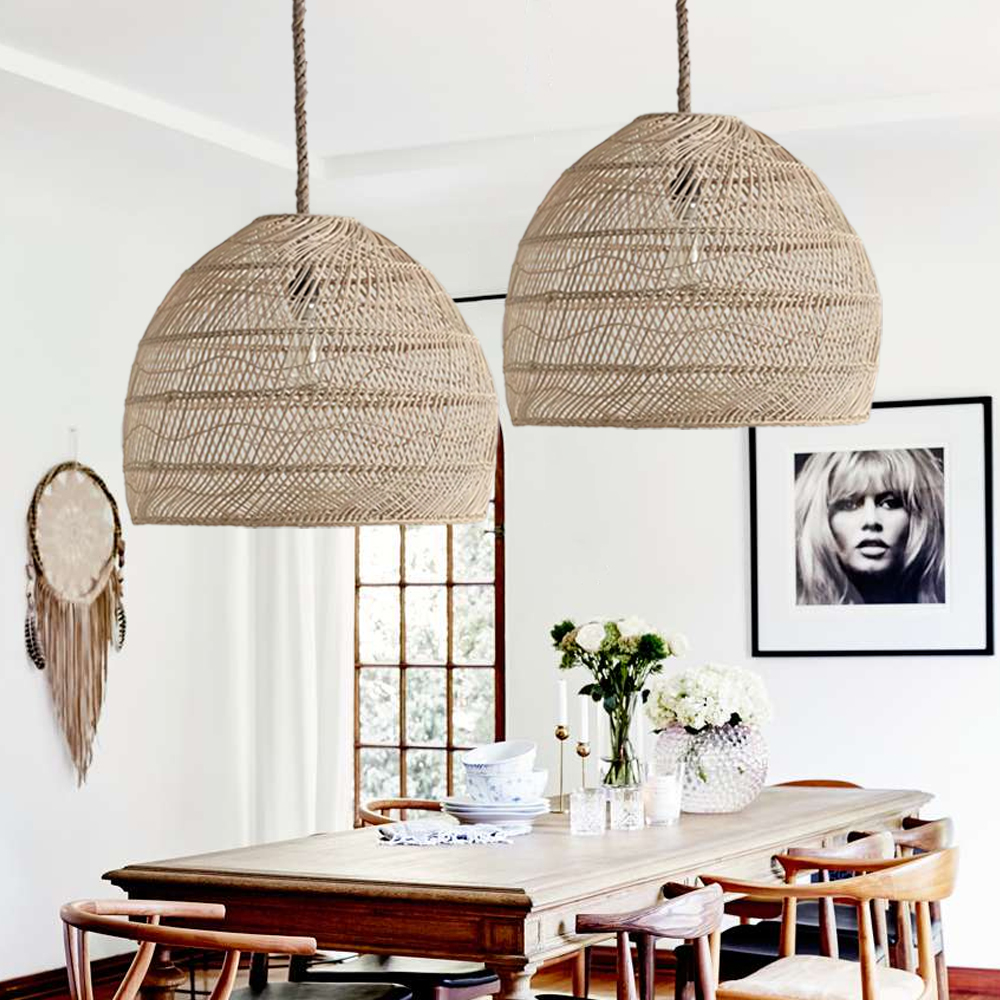
Are Rattan and Bamboo the Same Thing?
For the record, rattan and bamboo are not from the same plant or species. Bamboo is a hollow grass with horizontal growth ridges along its stems. It was used to build small pieces of furniture and accessories in the late 1800s and early 1900s, especially in tropical locales. A few bamboo furniture manufacturers incorporated rattan poles for their smoothness and added strength.

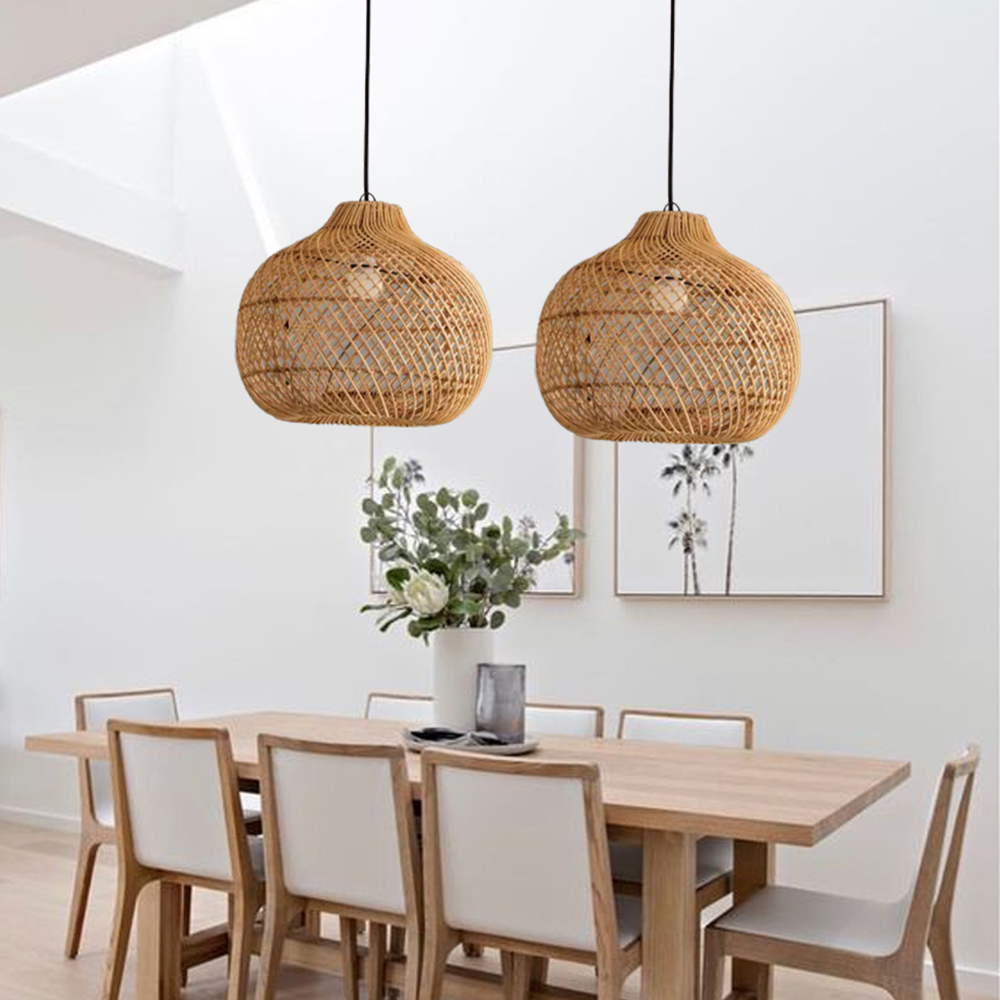
Rattan in the 20th Century
During the height of the British Empire in the 19th century, bamboo and other tropical furniture were extremely popular. Families once stationed in the tropics and Asian countries returned to England with their bamboo and rattan furnishings, which were usually brought indoors because of the cool English climate.
By the early 20th century, Philippine-made rattan furniture began to show up in the United States, as travelers brought it back on steamships. Earlier 20th-century rattan furniture was designed in the Victorian style. Hollywood set designers began using rattan furniture in many outdoor scenes, whetting the appetites for movie-going and style-conscious audiences, who loved anything that had to do with the idea of those romantic, far-off South Seas islands. A style was born: Call it Tropical Deco, Hawaiiana, Tropical, Island, or South Seas.
Responding to the increasing request for rattan garden furniture, designers like Paul Frankel began to create new looks for rattan. Frankel is credited with the much-sought-after pretzel-armed chair, which takes a dip at the armrest. Companies based in Southern California quickly followed suit, including Tropical Sun Rattan of Pasadena, the Ritts Company, and Seven Seas.
Remember the furniture in which Ferris Bueller sat outside during a scene in the film, "Ferris Bueller's Day Off" or the living room set in the popular TV series, "The Golden Girls?" Both were made of rattan, and were actually restored vintage rattan pieces from the 1950s. Just like the earlier days, the use of vintage rattan in films, television, and pop culture helped spur a renewed interest in the furniture in the 1980s, and it has continued to be popular among collectors and admirers.
Some collectors are interested in the design, or form, of a rattan piece, while others consider a piece more desirable if it has several stems or "strands" stacked or positioned together, like on an arm or at a chair base.
The Future Supply of Rattan
While rattan is used in a variety of products, the most important is the manufacture of furniture; rattan supports a global industry valued at more than US$4 billion per year, according to the World Wide Fund for Nature (WWF). Previously, much of the commercially harvested raw vine was exported to overseas manufacturers. By the mid-1980s, however, Indonesia introduced an export ban on raw rattan vine to encourage the local manufacture of rattan furniture.
Until recently, almost all rattan was collected from tropical rainforests. With forest destruction and conversion, the habitat area of rattan has decreased rapidly over the last few decades, and rattan has experienced a supply shortage. Indonesia and a district of Borneo are the only two places in the world that produce rattan certified by the Forest Stewardship Council (FSC). Because it needs trees to grow, rattan can provide an incentive for communities to conserve and restore the forest on their land.
